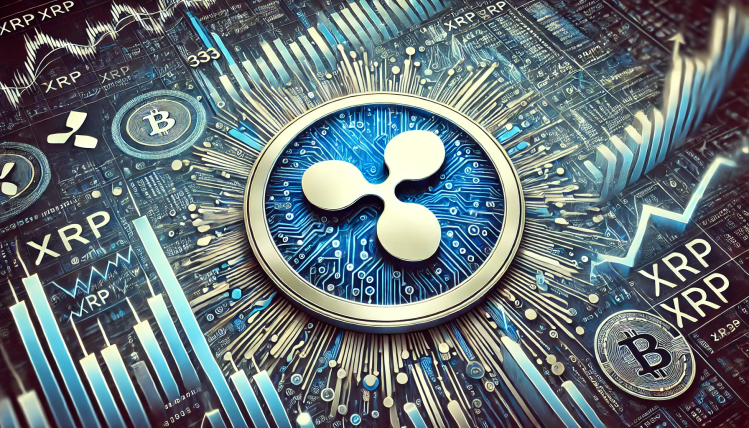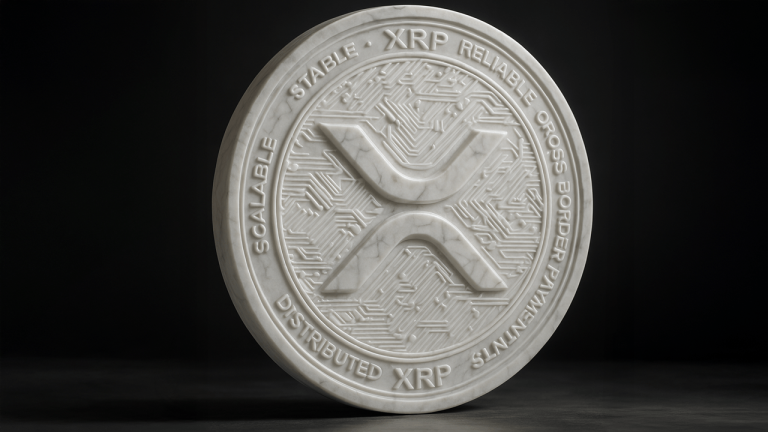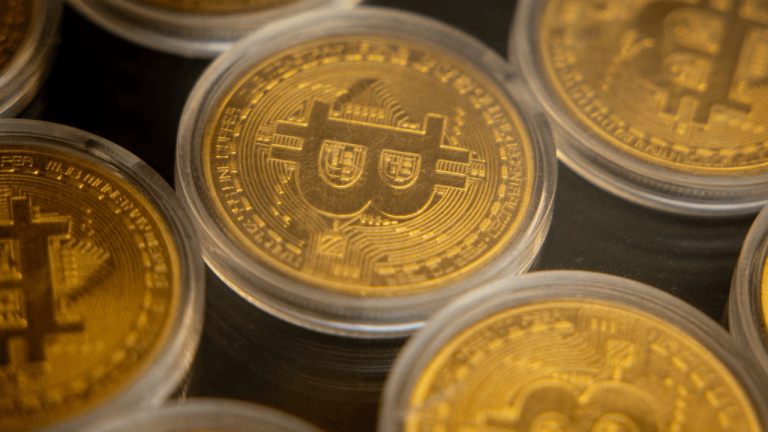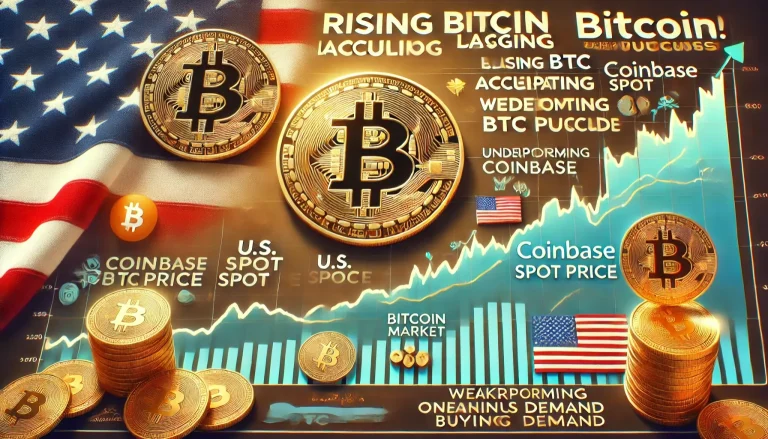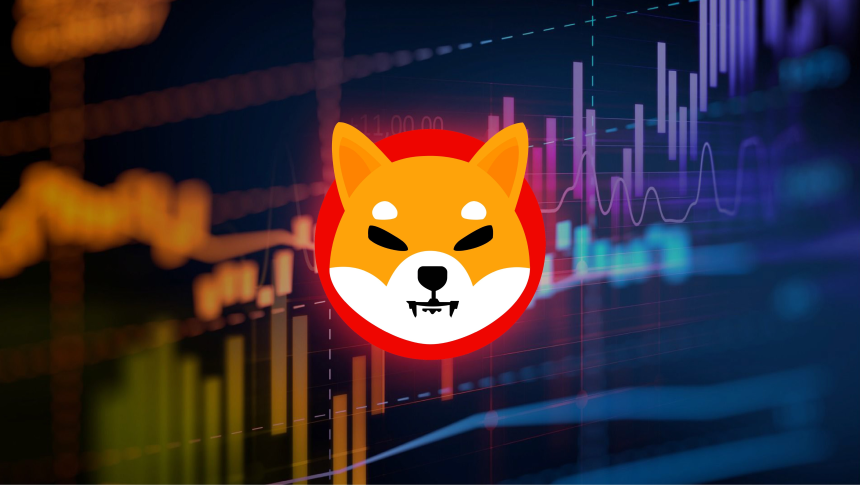
Shiba Inu, often hailed as the “Dogecoin killer,” has garnered attention not only due to its community-driven nature but also its massive growth in a short period of time. Despite its popularity, a concerning trend has emerged: a small number of wallets control a substantial portion of Shiba Inu’s total supply. According to recent data, just 10 holders control a staggering 61.3% of the total Shiba Inu (SHIB) supply. This concentration of power has significant implications for the asset’s price stability and market behavior, prompting concerns among investors about centralization in what’s supposed to be a decentralized market.
The Concentration of SHIB Supply
Shiba Inu’s tokenomics are structured in such a way that its supply is vastly inflated, with a total supply of one quadrillion SHIB tokens. However, only a small number of entities seem to hold the majority of this supply. Recent blockchain data reveals that just 10 wallets control 61.3% of the total SHIB supply, making it one of the most centralized altcoins in terms of ownership distribution.
This level of concentration raises questions about the true decentralization of Shiba Inu. While the project itself markets itself as community-focused and decentralized, this kind of dominance by a select group of holders undermines the foundational ideals of decentralization. If these whales decided to sell off even a small portion of their holdings, the effects on the SHIB price could be catastrophic, leading to massive price volatility.
How Does This Compare to Other Altcoins?
When compared to other altcoins, Shiba Inu’s concentration is particularly notable. Most major cryptocurrencies, including Bitcoin, Ethereum, and even other meme coins, exhibit a more balanced distribution of holdings, though they still face similar centralization concerns. Let’s take a look at how Shiba Inu compares to other well-known altcoins in terms of ownership concentration.
1. Bitcoin (BTC)
Bitcoin, the most decentralized and widely known cryptocurrency, has a more diverse distribution of ownership. However, it still faces a concentration problem. Around 2% of Bitcoin addresses hold over 50% of the total supply, but due to its extensive use across various exchanges, wallets, and institutions, Bitcoin is often considered a less risky asset in terms of price manipulation due to its larger market cap and institutional involvement.
2. Ethereum (ETH)
Ethereum also suffers from some degree of centralization, with a significant portion of ETH being held by early investors, developers, and institutions. Around 60% of Ethereum’s supply is held by just 0.1% of addresses. However, Ethereum’s greater use case in decentralized applications (dApps) and smart contracts provides a layer of security and utility that Shiba Inu lacks.
3. Dogecoin (DOGE)
Dogecoin, a close rival to Shiba Inu in the meme coin space, has a similar concentration of holdings. A few large wallets hold a significant portion of the Dogecoin supply, though it is not as extreme as Shiba Inu. Dogecoin’s more widespread use in online transactions and its backing by high-profile figures like Elon Musk provides it with a different level of market stability.
4. Cardano (ADA)
Cardano’s distribution is more balanced compared to Shiba Inu, with a large portion of the supply held by early investors, but it is significantly less centralized than Shiba Inu. The network’s emphasis on staking and decentralized governance has helped promote a more even distribution of tokens.
Why Does This Matter?
The concentration of supply in the hands of a few holders has implications for both the price and the long-term sustainability of a coin like Shiba Inu. When a large portion of the supply is held by a small group, it creates a risk of market manipulation, where a single sale or large transaction can drastically affect the price.
1. Price Volatility
Large holders, or “whales,” have the power to drastically move the market. If these wallets decide to sell off even a small portion of their holdings, it could trigger a sharp decline in the SHIB price. Conversely, if these whales accumulate more tokens or decide to manipulate the market through coordinated buy-ups, it can cause an artificial price pump, attracting retail investors and creating short-term hype.
2. Investor Confidence
Retail investors, especially those new to the crypto market, may be deterred by the disproportionate amount of SHIB held by a few wallets. Concerns about price manipulation, centralization, and market instability can erode confidence in the project, leading to sell-offs and reduced interest from the broader public.
3. Future Development and Adoption
For Shiba Inu to be viewed as a true alternative to more established cryptocurrencies like Bitcoin or Ethereum, it needs to address these centralization concerns. Decentralized governance and a fairer distribution of tokens are crucial for the longevity and credibility of the project. Without these, Shiba Inu risks being seen as more of a speculative investment rather than a viable and sustainable cryptocurrency.
Conclusion
While Shiba Inu has undoubtedly captured the imagination of the crypto community with its unique meme coin status and massive following, the alarming centralization of its supply is a cause for concern. The fact that just 10 holders control more than 60% of the total supply raises questions about the project’s true decentralization and future market stability.
When compared to other altcoins, Shiba Inu’s concentration of wealth is unusually high, especially for a project that markets itself as community-driven. Investors should exercise caution, as this level of centralization can lead to increased volatility, price manipulation risks, and a lack of long-term sustainability.
For Shiba Inu to reach its full potential, it will need to ensure that its supply distribution becomes more equitable and that it adheres to the principles of decentralization. Only then can it be seen as a truly sustainable cryptocurrency, standing alongside more established coins in the ever-evolving crypto landscape.
